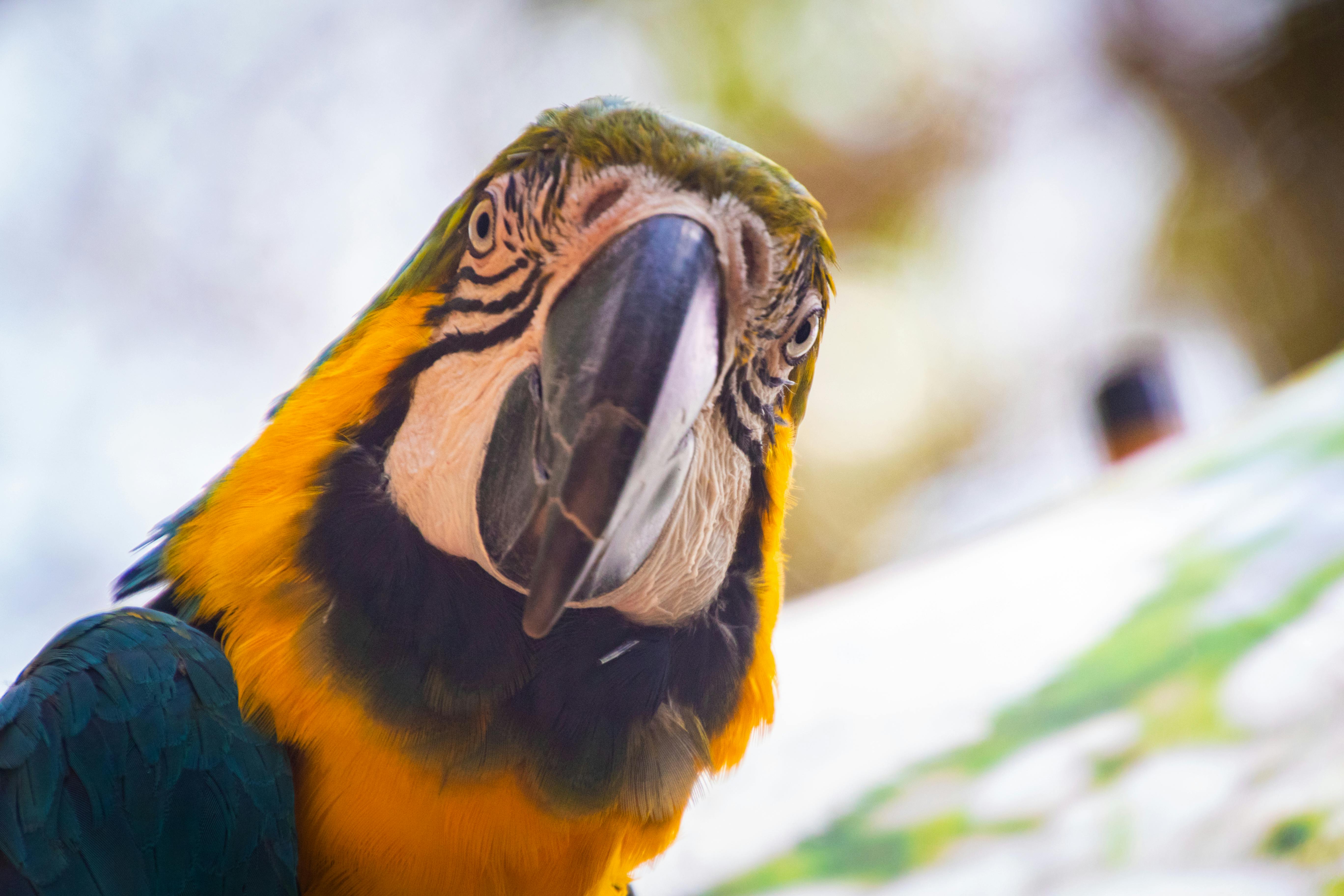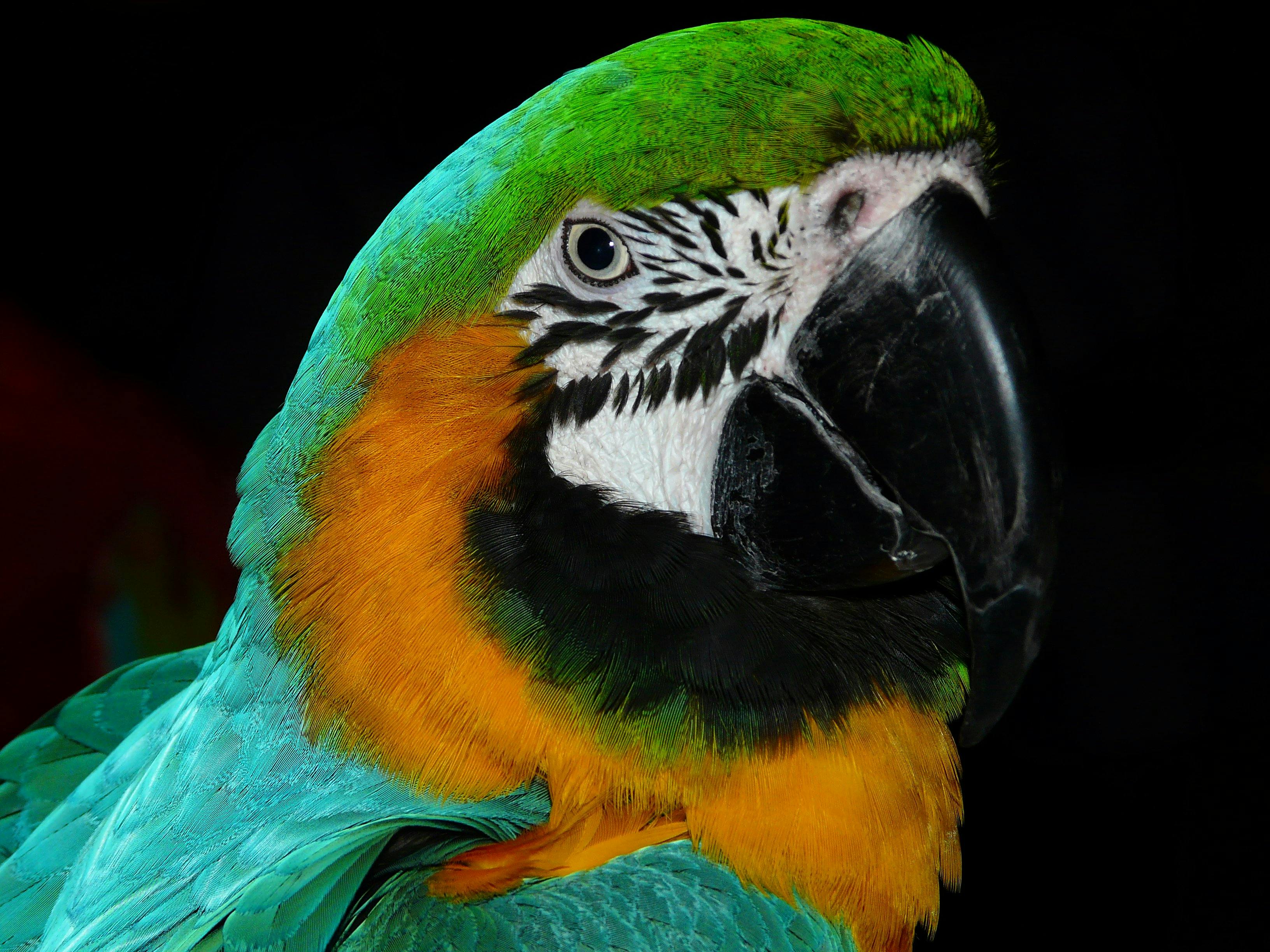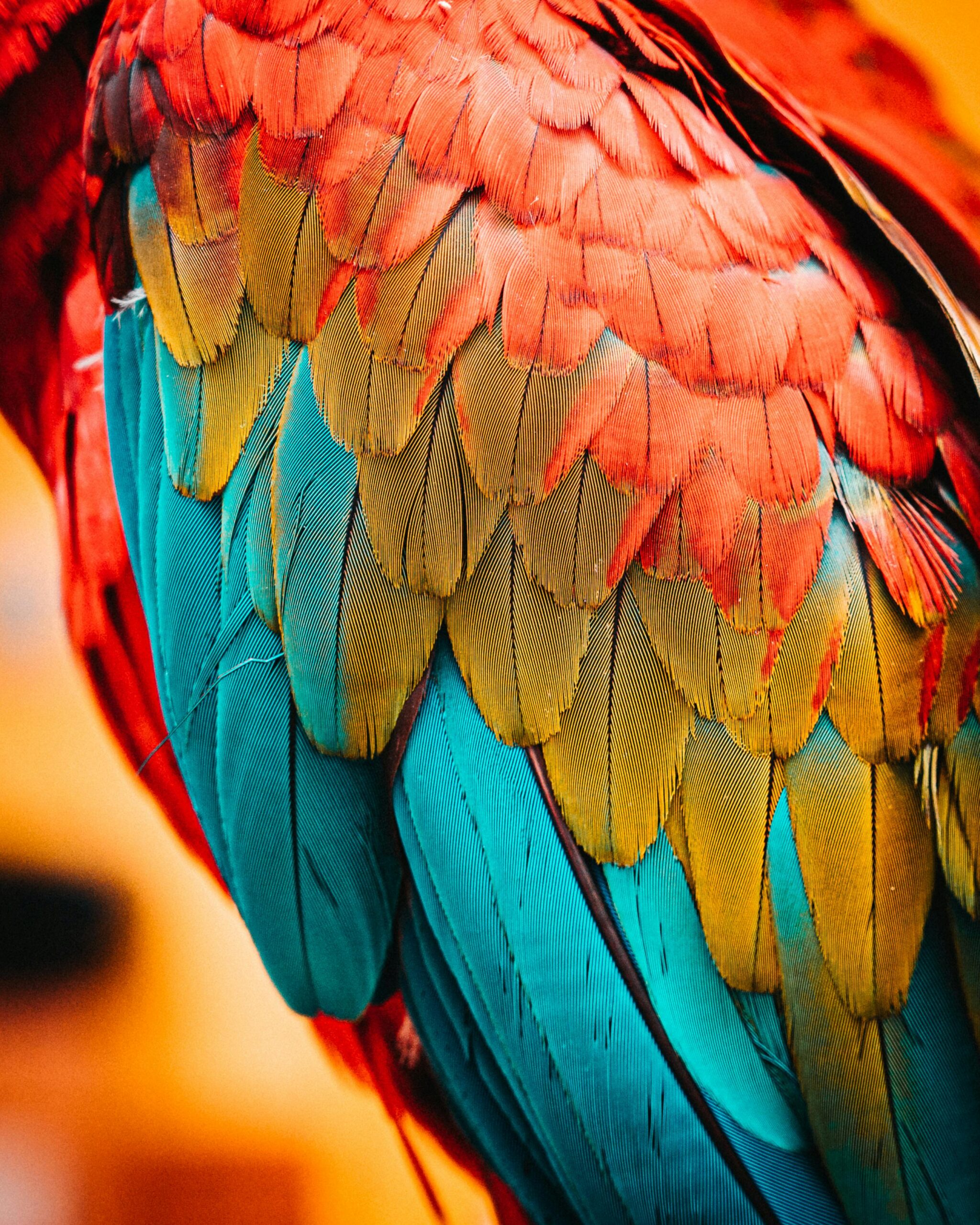The Ultimate Guide to Parrots: Understanding Their Care, Behavior, and Conservation
Parrots are among the most captivating birds in the avian world, known for their vibrant colors, distinctive features, and remarkable intelligence. With approximately 393 species thriving in tropical and subtropical regions, these colorful birds are more than just pets; they embody the spirit of nature and connection. Parrots have a robust body, strong, curved beaks, and an upright stance. They are famed for their vocal mimicry, allowing them to imitate human speech and various sounds. This ability not only makes them popular companions but also a source of amusement for bird enthusiasts. Moreover, their social nature allows them to form lasting bonds with both humans and other birds, making them excellent pets.
In this comprehensive guide, we will delve into various aspects of parrot ownership, including their nutritional needs, behavioral traits, and the significance of responsible pet care. We’ll also discuss the importance of conservation efforts surrounding these beautiful creatures, emphasizing their habitats and the challenges they face in the wild. Equipped with this knowledge, prospective and current parrot owners will be better equipped to nurture these intelligent companions. Let’s explore the colorful world of parrots!

Essential Care Techniques for Your Pet Parrot
Taking care of a pet parrot involves understanding their unique needs, which includes diet, a balanced environment, and social interaction. Each aspect plays a critical role in ensuring these birds thrive in a domestic setting. With the right care, pet parrots can live long, fulfilling lives, providing joy and companionship to their families.
Understanding Parrot Nutritional Needs
The nutritional requirements of parrots are diverse and crucial for their well-being. A typical diet for a parrot includes seeds, nuts, fruits, and vegetables. However, it’s essential to ensure that their diet is balanced and includes a variety of foods to provide necessary vitamins and minerals.
Feeding pellets specifically designed for parrots can be beneficial as they are formulated with the right nutrients. Fresh fruits like apples and bananas, along with leafy greens, should also be part of their daily meals to promote health and prevent obesity. Additionally, keeping an eye on the portion sizes is vital, as overfeeding can lead to health issues.
Creating an Enriching Environment
Parrots are social beings, and their environment should reflect their need for interaction and stimulation. Setting up a large, comfortable aviary can enhance their living experience. Include platforms for perching, toys for mental engagement, and nesting areas for comfort. Bird toys, particularly those that encourage play and cognitive challenges, are essential for their mental stimulation.
Rotating toys regularly can keep their environment exciting and engaging. Moreover, ensuring that their cage is clean and safe, with no sharp edges or hazardous materials, is crucial for their health and well-being.
Socialization and Bonding Techniques
Socialization is fundamental to a parrot’s emotional well-being. Spending quality time with your parrot every day helps build trust and strengthens the bond between pet and owner. Engaging in interactive activities like training sessions or playing games fosters communication skills and reinforces the parrot’s natural behavior instincts.
Parrots thrive on companionship, so it’s important to understand their body language and vocalizations. Recognizing when a parrot wants attention or feels distressed is key to a healthy relationship. Aim for positive reinforcement during training, using treats and vocal praises, to encourage good behavior.
Bird Communication: Decoding the Language of Parrots
One of the most fascinating aspects of parrot behavior is their ability to communicate not just through vocalizations but also through body language. Understanding these forms of communication can enhance interactions and ensure a harmonious household environment.
Vocal Mimicry and Sounds
Parrots are renowned for their impressive vocal mimicry skills. Many can imitate human speech and sounds from their environment. Interestingly, the motivation behind their vocalization includes attraction, bonding, and sometimes expressing their emotions. When a parrot mimics, it is often attempting to communicate or connect, responding to the interaction initiated by humans.
For example, frequent exposure to spoken language and sounds will encourage parrots to imitate those sounds. Parrots trained in vocal mimicry can be entertaining and provide psychological stimulation for themselves and their owners. Displaying affection when they mimic or speak reinforces this behavior positively.
Body Language and Posture Indicators
Beyond sounds, parrot body language is equally revealing. A parrot’s posture, wing position, and tail movements communicate their feelings. Raised feathers can indicate excitement or distress, while relaxed feathers suggest comfort. Watch for these signals to better understand what your parrot is feeling at any given moment.
When a parrot leans toward you or fluffs its feathers, it often signifies affection or curiosity. Conversely, aggressive behaviors can manifest as a puffed-up body or biting, potentially indicating fear or territoriality. Reading these signs correctly aids in creating a safe and nurturing environment for your pet.
Enhancing Communication through Training
Training can greatly enhance a parrot’s communication skills while also building their confidence. Utilizing consistent commands and signals promotes understanding and strengthens the owner-pet bond. This training can be achieved through interaction, repetition, and positive reinforcement techniques, such as encouragement and rewards.
Involving tricks and games can further stimulate cognitive development and enrich their lives. Regular training sessions are not just for obedience but also vital for establishing and maintaining your parrot’s behavioral and social patterns.

Conservation: Protecting Parrots and Their Habitats
While parrots have been treasured as pets and companions, many species face threats in the wild due to habitat loss, poaching, and environmental changes. Understanding conservation becomes crucial in protecting these colorful birds and ensuring their survival for future generations.
Endangered Species and Their Challenges
Several parrot species are classified as endangered due to escalating challenges in their natural habitats. Deforestation and climate change significantly impact their living conditions, reducing available food sources and nesting locations. Awareness and action towards habitat protection are vital in conserving these birds.
Wildlife conservation initiatives focus on preserving native habitats and creating protected areas where parrots can thrive without human interference. Supporting these efforts can make a significant difference in the survival of endangered parrot species.
Community Involvement in Conservation Efforts
Community participation is essential for effective conservation. Local groups often organize awareness campaigns and educational programs to inform the public about parrot species and the importance of conservation. Engaging bird enthusiasts and pet owners in conservation initiatives fosters a collective effort toward protecting these avian treasures.
Volunteering at wildlife rehabilitation centers or supporting parrot rescue organizations can also aid in conservation. Through these activities, individuals can contribute to the health and rehabilitation of rescued parrots, helping them return to their natural habitats whenever possible.
Supporting Responsible Pet Ownership
Encouraging responsible pet ownership practices is vital to ensuring a healthy relationship between humans and parrots. Responsible ownership includes understanding the needs of parrots, ensuring a suitable habitat, and committing to their care for life. Awareness about issues like breeding and illegal trade should also be prioritized among pet owners.
Potential parrot owners need to conduct thorough research and preparation before adopting a parrot. This includes understanding the specific care sheets, environmental needs, and behavioral traits associated with different parrot species. This knowledge helps create a better living situation for these intelligent beings.
Frequently Asked Questions About Parrots
What is the lifespan of a parrot?
Parrots can have varied lifespans depending on their species, diet, and care. On average, smaller parrots may live for around 15-20 years, while larger species, like macaws, can live for 50 years or more with appropriate care and attention.
How should I train my parrot?
Training involves consistency and patience. Start with basic commands using positive reinforcement. Always reward your parrot with treats for good behavior, gradually introducing more complex tasks as they learn. Creating a routine helps in establishing their training effectively.
What are the common parrot health issues?
Common health issues include feather plucking, obesity, and respiratory infections. Regular vet check-ups and a balanced diet can prevent many health concerns. Observing behavioral changes can also signal underlying health issues, necessitating professional consultation.
By understanding the complexity of parrot care and their needs, owners can better appreciate these colorful and intelligent birds, ensuring they live fulfilling lives both in captivity and in the wild.
